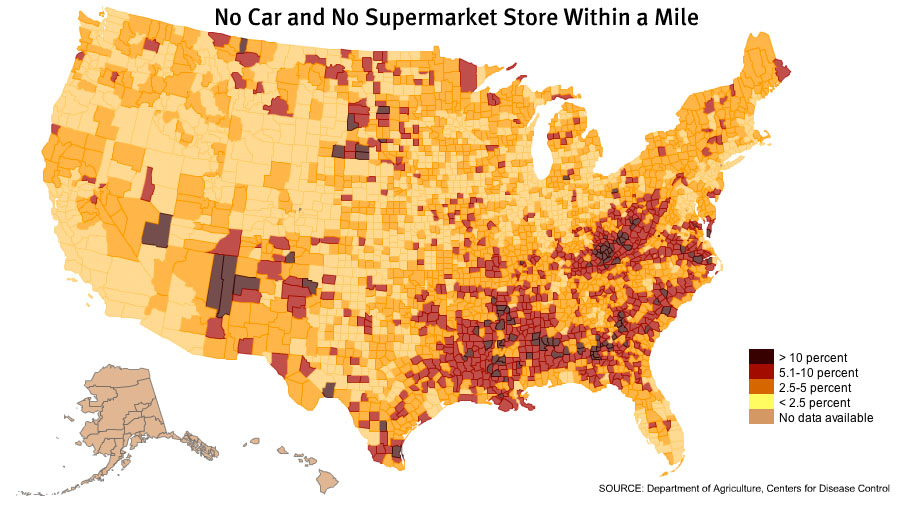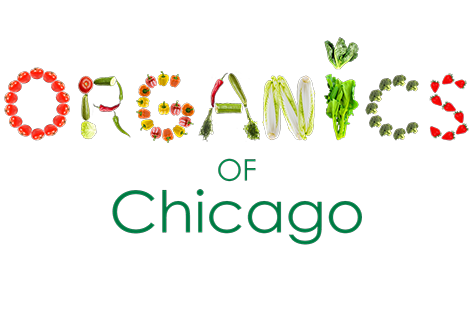WHY URBAN FARMING
By the year 2050, nearly 80% of the earth's population will reside in urban centers. Applying the most conservative estimates to current demographic trends, the human population will increase by about 3 billion people during the interim. An estimated 109 hectares of new land (about 20% more land than is represented by the country of Brazil) will be needed to grow enough food to feed them, if traditional farming practices continue as predicted. At present, throughout the world, over 80% of the land that is suitable for raising crops is in use (sources: FAO and NASA). Historically, some 15% of that has been laid waste by poor management practices.
In an effort to avoid an eventual food drought, urban centers have established indoor, hydroponic farming facilities. Hydroponics is a farming method of growing plants inside an enclosed structure without soil, but in a selected growing medium where the lighting, temperature, and nutrients are closely regulated. There are two basic forms of hydroponics: soil-less mediums, such as clay, sand, rock wool, perlite, and vermiculite, and true hydroponics, which use only a water-based solution of required plant nutrients. The most commonly grown hydroponic crops in the United States are lettuce, tomatoes, peppers, cucumbers, herbs, and flowers. Soil research experts discovered that soil acts as a stabilizer, keeping the plant in a vertical growing position, and as a source of minerals for the plant. Experiments with flowers and vegetables suggest that if a plant's structure is given artificial support, its root system can absorb all of the nutrients it needs directly from a water-based solution without the need for soil.
Interest in meeting local demand for fresh and healthy foods by growing it in backyards and on vacant lots is on the rise in cities like Chicago and around the country. This movement has gained traction over the last several years. In these communities urban agriculture is increasingly seen as a positive solution.





